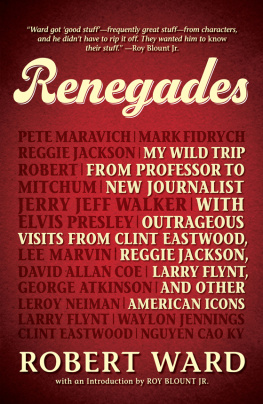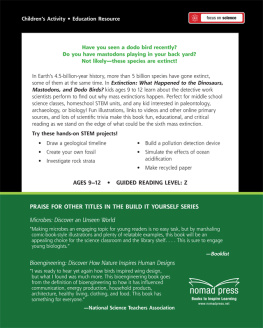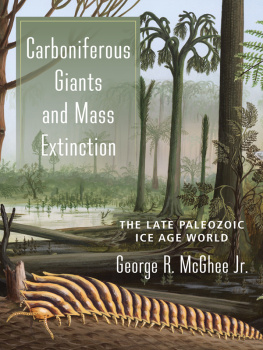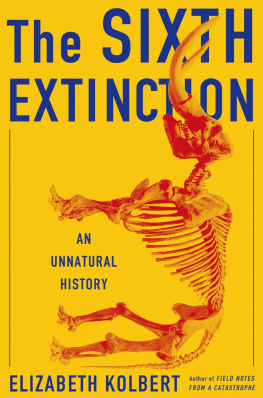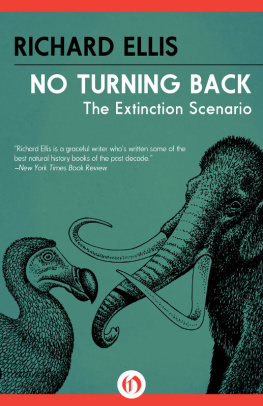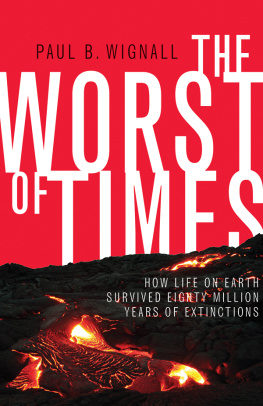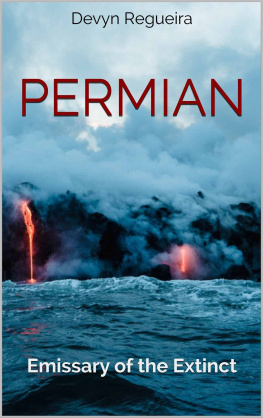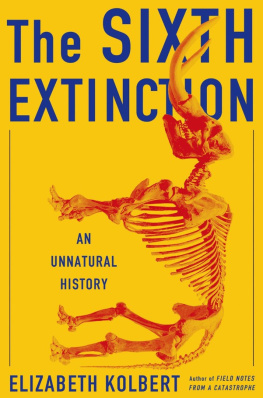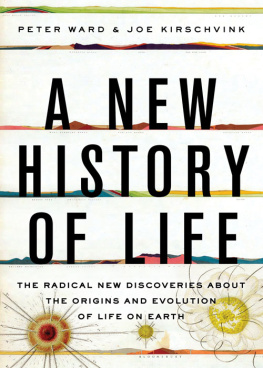The climate is like a wild beast, and were poking it with sticks.
S eattle-Tacoma International Airport at dawn: Even in the gloaming, a bright, sterile, exceptionally hideous example of twenty-first-century American architectural ugliness seems like a suitable send-off point toward a past perhaps even grimmer than our climatic presentbut perhaps no more so than our possible future. The waiting lines, the ritual undressing of shoes and belt, the blank scrutiny of identification and tickets, followed by the cattle-like entry into the flying silver tube to find the assigned middle seat between well-stuffed strangers for the supposedly short flight, giant engines snarling out clear but heat-soaking vapors of jet engine residue into the atmosphere, and from the window now high above the world, an amazing sight to a Pacific Northwest native: the high Cascades virtually without snow on this early April 2005 day, following the warmest and driest winter in Pacific Northwest history, ski areas going broke as rock skiing loses clientele not pleased with the necessary artificial ice at Snoqualmie, Stevens Pass, Whistler Blackcomb, Grouse Mountain, and Crystal Mountain ski areas, among many others showing summer rocks in winter. Even Mt. Rainier seems rockier than usual, its glaciers beating a hasty retreat and leaving behind 12,000 years of rocks, airplanes, and human or other animal frozen food long ago lost. The whole, dry mountain range, visible to our Nevada arrival, flaunts its uncovered geology until we circle the Reno basin, touch down; the slow exit from the plane into a different ugliness where the volume and brightness of the movie we have found ourselves in has been jacked off scale in fine William Gibson style. Reno-Tahoe International Airport, where even the gates are stuffed with slot machines screeching a cacophony of enticement at frantic decibel overkill, electricity be damned. Out of the airport to the rental car, a huge sport-utility vehicle, of course, and for once a necessity for where we are going.
We rocket out of the parking lot, screaming through Reno on the freeway east, passing quickly into the empty rat lands of the sorely missed Hunter S. Thompson, tripping out at the absolute ugliness of a landscape repellant to begin with that has had twisted, rusting metal hulks of unknown ancestry sprinkled among the itinerant whorehouses and casinos in a random pattern across its waterless salt flats and outcrops. Two hours of driving fast (but not fast enough, as muscle cars snarling their high-speed anxiety whiz past toward nowhere and everywhere) brings us to Hawthorne, Nevada, whose largest structure is of course the casino, cigarette smoke venting from its few stained windows like some belching coal-fired Oliver Twist factory plant of Dickensian England, past the one museum in townslower now, ogling the Armament Museum, where at least one model of every shell casing ever used by the towns biggest employer, the U.S. military, sits in forlorn splendor all with flowers bravely growing from the brass openings on top, a 60s dream come true. To the biggest motel in town to toss now-opened bags onto swaybacked beds, liberating the boots, leather, vests, and cold steel anathema to airline carry-ons, and now looking like Halloween imitations of desert rat miners, we point the car east and south, and for mile after tens of miles pass the damnedest-looking B-movie bunkers extending as far as the eye can see, seemingly millions of the squat concrete burial mounds marking the storage of unknown tons of live munitions in quantity probably second only to that held by the insurgents in Iraq. An hour of this, finally into Luning, and damn, the Luning Bar, looking like it always has (early and late Nevada spider-webbed rattrap dcor), sits closed, so no eye-opener on the way to the outcrop.
We leave the highway and all those muscle recreational vehicles around us that are making the long trek to Vegas across the Nevada no-mans-land and shoot onto the wide, pale playa, an old lake bed of Ice Age antiquity that stands between us and the hills ahead, the raucous backseat crew calling without success for a few 60-mile-per-hour wheelies in the lake bed. The track becomes fainter, and we enter the hills in four-wheel drive, the motor growling in protest as we lurch into high canyons, while the navigator beside me is covered with maps and barking directions over the din, impatience thick now, to a turnout well known from past trips here, the setting-out point for the trail to Muller Canyon, the best example of rocks clutching one of the five largest of all mass extinctions, that at the end of the Triassic period, a catastrophe of 200 million years ago conveniently blamed on a Big Rock From Space smashing into a Triassic world populated by early mammals and dinosaurs as well as croc-like beasts galore on land and oceans of ichthyosaurs, ammonites, and strange flat clams, secure as such dumb brutes can be, not knowing that their world was one day from over according to twenty-first-century cant, the only problem being that our previous trips to this barren place did not yield the faintest whiff of iridium or glassy spherules or shocked quartz or impact layers so visible in that other known impact extinction, that at the end of the Cretaceous.
Sidestepping across the high hills on the faint path through the piles of strata all around, rocky layers once neatly and horizontally ordered but now layers akimbo, fractured with faults, and burrowed with Saddam spiderholes made by Cowboy Age miners looking for riches in the worst possible place to find material wealth and the best possible place to disinter the dead and interrogate them about the identity of their killer. Mountain sheep jump in fright as we come over the last hill onto the steep slope of our target outcropdamn and finallyhundreds of feet of limestone sandwiching a 60-foot-thick band of mudstone containing some level where the Triassic ends and the Jurassic begins, and the realization yet again that this is another of the planets stony cemeteries. A long scorpion pit where we dug in search of this supposed disaster level last time here, a trench now permanently part of the landscape, but in the sins committed against our planet, it hardly registers. The limestones above and the limestones below are packed with life, mainly mollusks, a good Triassic fauna below, a good Jurassic fauna above, and what a supreme difference those two worlds show with clearly almost no survivors of some catastrophe grabbing the river of life and giving it a 90-degree kink into a whole new assemblage of life, the real start to the Age of Dinosaurs after the experimental mucking about in drifting evolution that was the Triassic.
So how about that 60-foot-thick siltstone, almost bereft of fossilswhat caused it? But a year or so ago the answer would have been knee-jerk recital: The fossilized dead bodies are evidence of a mass extinction, and since the groundbreaking 1980 discovery of the Alvarez team from Berkeley that the Age of Dinosaurs was ended by an asteroid strike from space, the geological fraternity has pronounced all mass extinctions to have been guilty of asteroid impacts until proven otherwise. Now we are not so sure, for none of the telltale clues of such a cosmic event are in evidence here. Yet if not asteroids or comets from space, what? Exonerating the asteroids leaves but a few suspects, and by 2005 one deemed most likely was, and remains, rapid climate change and really fast global warming brought about by not a little methane and a whole lot of carbon dioxide poured into this world from volcanic smokestacks and deep sea bubbles of poisonous greenhouse gas burped out of the sea but one of a series of such mass extinctions, greenhouse extinctions, the rule not the exception, and a road we humans might again travel on now, seemingly oblivious to the road washout ahead, an accident about to happen one more time, or, if we interpret the rock record correctly, many more times.




